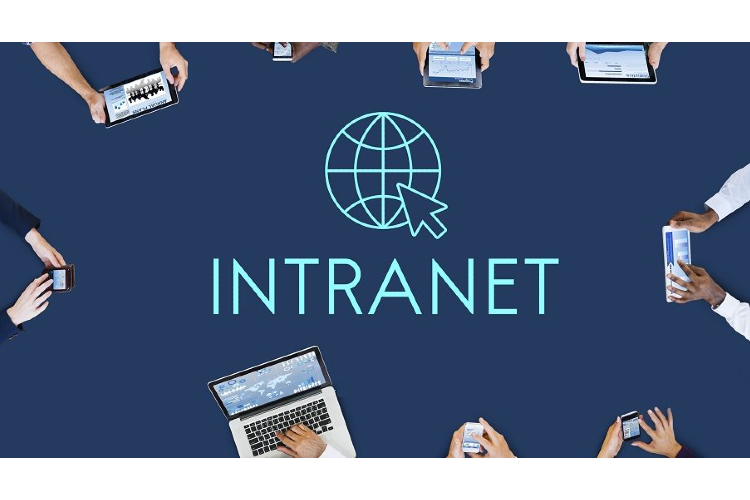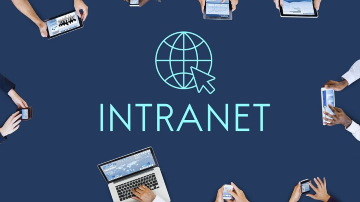
An intranet is a product arrangement that allows employees to share organizational data and assets. Intranets are used to encourage collaboration in groups and to improve overall internal communication efforts.
An intranet is a computer network that uses web technology to share business information among multiple people. It is primarily used by businesses to encourage their employees' correspondence efforts. In reality, it had been the prevalent method of imparting all the more securely in the previous couple of years.
Even though intranet has numerous advantages, a few realities are there that make them not precisely current arrangements. As a result, these undeniable benefits and drawbacks should be identified so that clients can decide whether this arrangement is appropriate for their company.
Advantages of Intranet
-
Employees can access their data whenever and wherever they want via an intranet.
-
Workers are not required to sit in front of a computer.
-
The intranet can be used as a communication hub where employees can store data anytime.
-
Intranets enable quick and conservative methods of internal communication.
-
One of the advantages of the intranet is that it allows for web distribution. Web advances can be used to access archives, employee manuals, and friends' strategies.
-
An intranet can be used to create a social workplace, strengthening the bonds between representatives.
-
Administrations will make better decisions because staff from various offices can share ideas and information. A powerful dynamic should have enough information available.
Disadvantages of Intranet
-
Intranets are perceived to be unpredictable. Because of their multifaceted nature, many employees feel overwhelmed and hesitant to use them.
-
Intranets struggle to manage themselves. It should be checked regularly, and the substance should be monitored throughout. Workers should be held accountable for dealing with the product and ensuring its routine operation. They will also require much preparation for this.
-
For the intranet to be viable, changes in work culture are required. More assignments and questions may be assigned as a result of this. If they do not get designated to the legal extent, they can pile up, causing the business to disarray.
-
Intranets must prioritize client experience to the point where even individuals are hesitant to use them. It is assumed that it will encourage the client's work. Workers are still looking for a way to use the intranet and access their information.
-
Another test that an intranet arrangement looks at is the amount of data it stores. Many people may be perplexed by the excessive information on the intranet. If there is a lot of data apart from the important one the client requires, he will avoid it.





.webp)
